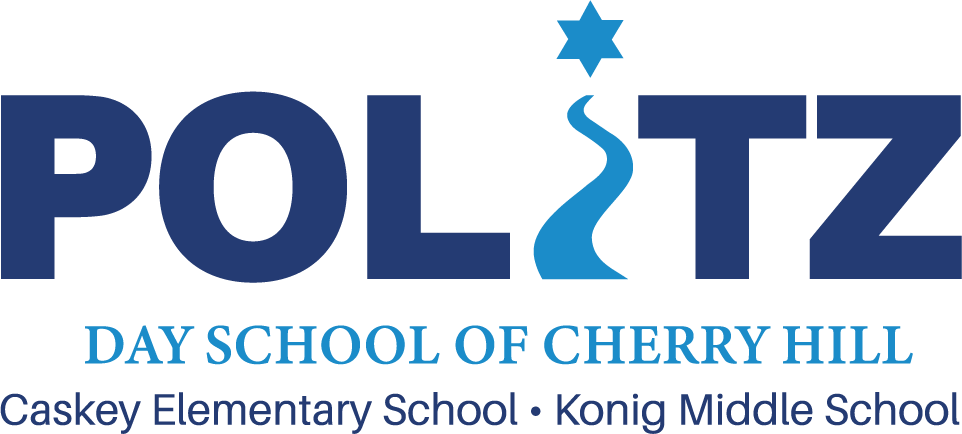Second and Third Grade
Second Grade
Second graders are on their way to developing proficiency as readers, writers and critical thinkers. Our balanced literacy program, Literacy by Design, exposes them to various literary genres, comprehension strategies and expands their knowledge of vocabulary. Students are introduced to the writing process, which helps them organize their thoughts and refine their writing skills. They make connections between math and the real world through active exploration and utilizing their knowledge of essential concepts. We learn about different types of communities and local government, with an emphasis on the township of Cherry Hill. We intensify our map skills as we study the location of the continents and oceans. Science focuses on the life cycle of plants, humans and animals, earth science and the human body. Second graders love learning in an environment where they are encouraged to take new risks and gain self-confidence.
In Kitta Bet, students’ love of the Torah deepens, allowing them to thrive in the Jewish community. In Tefilla (prayer), students learn to daven the Tefillot leading up to the Amida, including the tunes and basic understanding. They also learn about the structure of the synagogue and its central role in our lives. A special highlight of this year is receiving their first Chumash. Students begin building fundamental Chumash skills such as word combinations, vocabulary, and decoding of text using the exciting and engaging Lehavin U’lehaskil curriculum. They learn best through active engagement; therefore, we incorporate a variety of interactive activities, including chanting Pesukim (biblical verses), shoresh (root word) bingo, parsha play dough, blended learning workshops, Shabbat projects and brachot (blessing) flashcards. Students learn about each of the chagim by making projects, singing songs, and playing games as they learn about the mitzvot (laws) and minhagim (customs) related to each chag (holiday). Mastery of k’riah and k’tivah (Hebrew reading and writing) is reinforced using a multisensory approach—motions, sight words and tracing—which gives them the confidence, accuracy and fluency they need to succeed. Our cooperative learning approach creates a platform for middot (good character) development and healthy interaction with peers.
Third Grade
Kitta Gimmel’s Chumash journey becomes more advanced as students are introduced to the Rashi commentary. We continue to use the Lehavin U’lehaskil program to reinforce translation, develop critical thinking skills and learn how to apply the middot ensconced in the Torah to their daily lives. Through in-depth exploration of the Chumash, they learn that the land of our forefathers is the very same Israel that the Jewish people inhabit today. Students learn about the Parshat Hashavua (weekly Torah portion) through lively discussions and interactive projects. Their excitement builds as they learn the Amida, the climax of Tefilla, which now becomes a vitally important part of their daily lives. As each blessing in the Amida is introduced, we create a scrapbook page to reinforce the understanding of the bracha. Based upon the wisdom of the Torah and the way we live today, students discover commonalities across Judaic and General Studies. Third graders value their Jewish identities, understand and appreciate Tefilla and incorporate good middot into their daily lives.
The General Studies experience is centered on a variety of exciting academic challenges designed to foster enthusiasm for learning. Students engage in activities to stimulate their curiosity through creative lessons in each subject area, enabling them to master skills and gain self-confidence through pride in their accomplishments. After building on their fluency in basic math facts and concepts to include multiplication and division, the secondary and more critical aim is for students to apply this knowledge to practical, everyday-life situations. The differentiated nature of our reading and math instruction allows every student to acquire new skills at a level of expectation with which they feel comfortable. Students learn more complex reading comprehension techniques and broaden their vocabulary base. Their writing takes on a new sophistication as they incorporate strategies that engage each reader. The primary focus in social studies is on the geography and history of the state of New Jersey. We learn how to use intermediate directions on a map to locate places in our country. Through first-hand observations and experimentation, we investigate the solar system, explore the characteristics of Planet Earth, the environment and recycling, and endangered species. By the end of third grade, students know how to research answers to their questions, and can present their findings to an audience. Third graders’ educational adventure enables them to gain the skills they need to succeed in fourth grade and beyond, in an environment which encourages them to work to their fullest potential.

